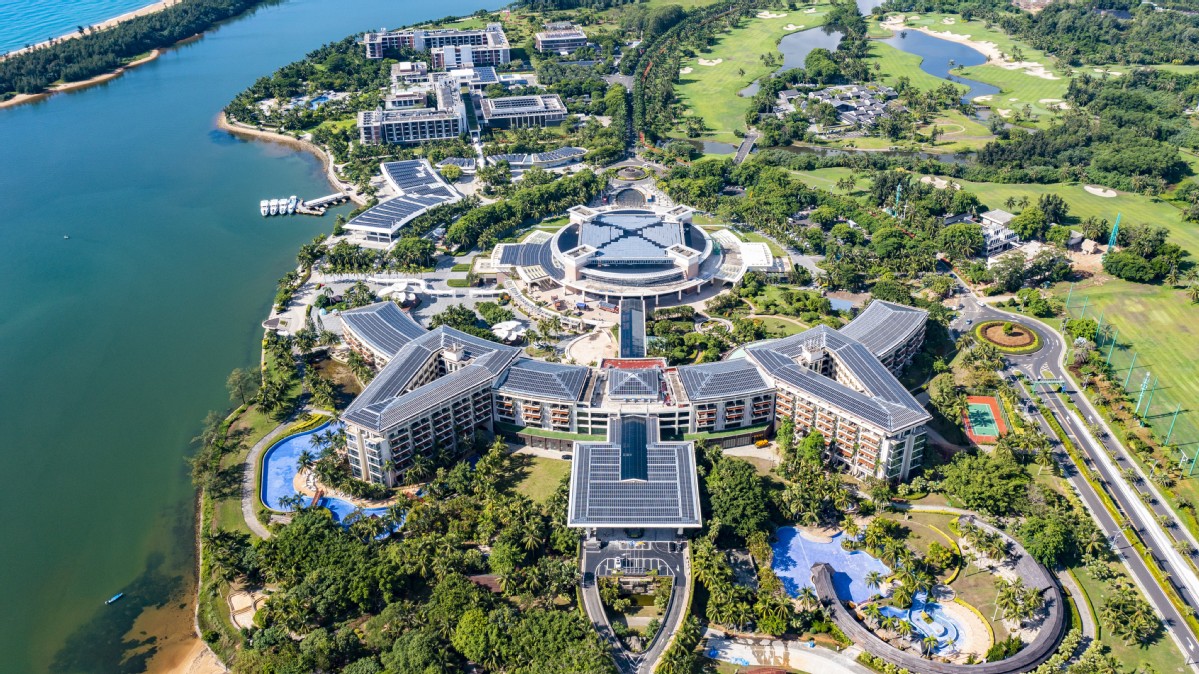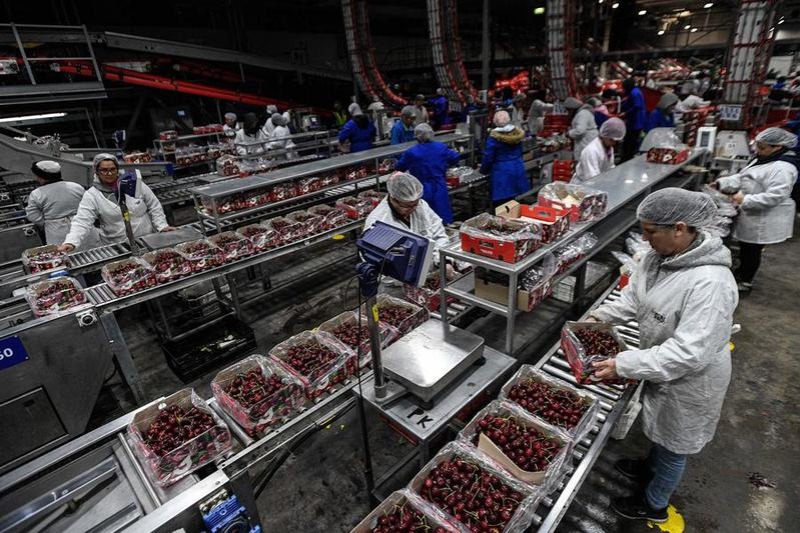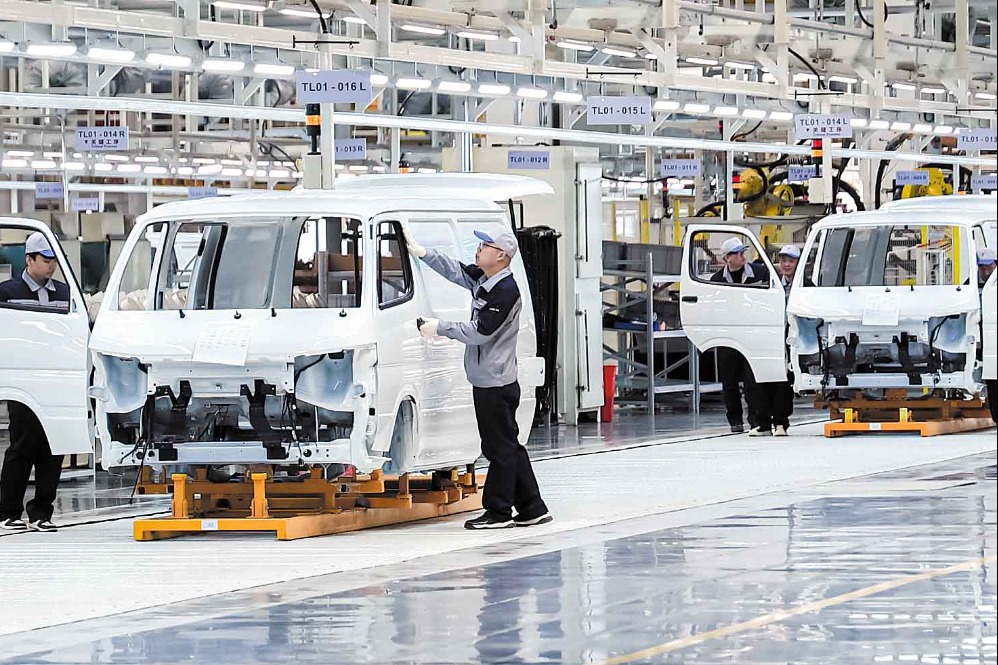CRCC chairman: Green building practices key to nation's urbanization, decarbonization progress


Prioritizing green building and decarbonization to forge ahead with the green transition of the construction sector is a path China must tread to achieve greater urbanization, said a member of the 14th National Committee of the Chinese People's Political Consultative Conference.
"Features of environmentally friendly, low-carbon, intelligent and safe living have become more widely acknowledged standards for residential properties, which makes it important for builders to prioritize green building and decarbonization in their development agendas," said Dai Hegen, an attendee at the ongoing two sessions as a member of the 14th National Committee of the CPPCC.
"Green transition of the construction sector is a path China must tread to further its urbanization progress and achieve its 2030 and 2060 carbon reduction goals."
Since China unveiled its dual carbon goals in 2020 — peaking carbon emissions before 2030 and achieving carbon neutrality before 2060 — the country has been ramping up efforts to this end, with many bearing fruit in recent years.
According to a recent report issued by the United States Green Building Council — a nongovernmental organization that operates the Leadership in Energy and Environmental Design (LEED) rating system — the Chinese mainland once again ranked first in 2024 on the annual list of Top 10 Countries and Regions for LEED, the ninth consecutive year that the Chinese mainland has topped the list.
There were more than 2,700 newly added LEED projects registered in China last year, up 4.44 percent year-on-year. Newly added registered space totaled nearly 63 million square meters, 4.27 percent higher than the year earlier, the organization said.
"With joint efforts of the government and industry players, the country has garnered remarkable green achievements in the construction sector, but there are still challenges ahead making this path a bumpy one for domestic builders," said Dai, who is also chairman of China Railway Construction Corp, a major State-owned contractor.
In particular, amid the shift of focus in the construction industry from new projects to renovation and expansion of existing projects — which involves large-scale infrastructure upgrades — some builders are faced with green transition challenges such as deficiency in carbon emission tracking and supervision, lack of tools for data collection, limited knowledge about green solutions and materials, and low returns from green projects.

"This is when and where the government should further engage in the matter, to accelerate the construction of a verification and supervision system for carbon emissions in the construction sector, promote the application of building carbon emission data collection and analysis, and ensure sound management of the targets of carbon emitters," Dai said.
Additionally, more development projects of green technologies and materials should be included in the national technology breakthrough programs to provide a policy framework supporting research and development in the sector and accelerating follow-up applications.
To this end, the CRCC chairman said one of his proposals during this year's two sessions is to promote the application of bamboo-based composites, which can be used as alternates to traditional building materials.
Bamboo is a widely available bio-resource that is considered a sustainable and eco-friendly raw material for fabricating composites that could replace timber and timber-based products. Several structural bamboo composites have been developed as a sustainable alternative to traditional load-bearing materials in different applications.
"China has rich bamboo resources, accounting for about 23 percent of the global total," Dai said, adding that China Railway 18th Bureau Group Corp, a CRCC unit, has established subsidiaries to specialize in bamboo composite R&D and applications, with their products covering pipes and pipe racks.
Construction enterprises that engage in related R&D can establish or enhance cooperation with partners in bamboo-producing areas, such as farmers and local companies, to help boost employment and farming businesses in rural areas while promoting the application of bamboo composites, he added.
Zheng Yiran contributed to this story.




































